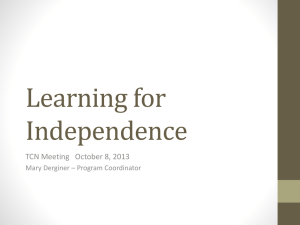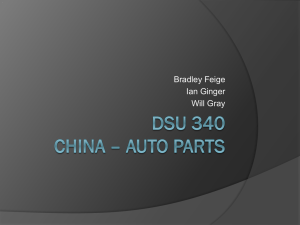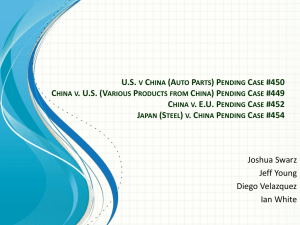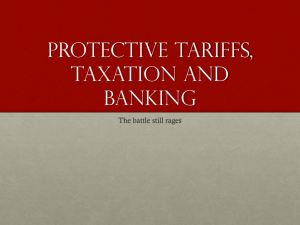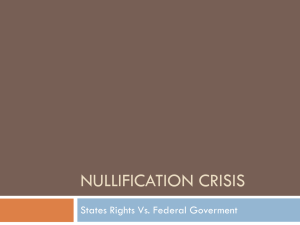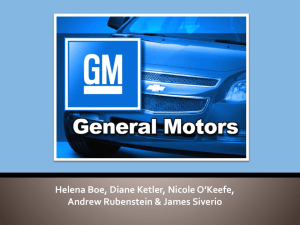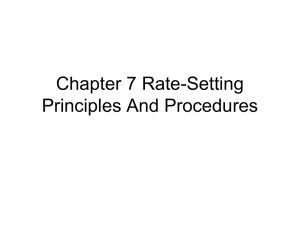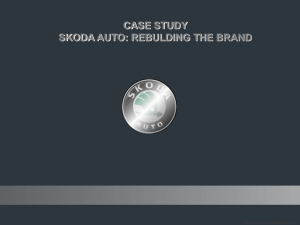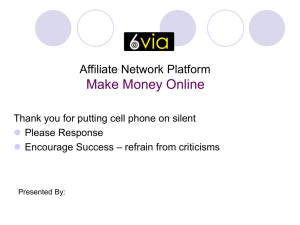U.S.-China: Auto parts subsidies
advertisement
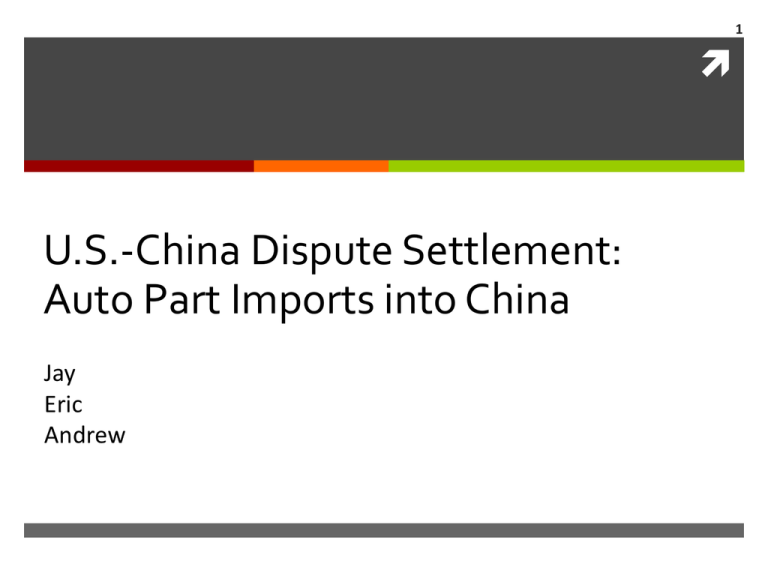
1 U.S.-China Dispute Settlement: Auto Part Imports into China Jay Eric Andrew 2 Factors in the U.S. After the 2006 Congressional elections, which gave control of Congress to the Democrats, the U.S. shifted from dealing with global trade issues from negotiation to litigation through the WTO. This reflected a general shift away from support of globalization between both Republican and Democrats. The U.S. auto industry is powerful and employs a lot of workers. The EU, Canada also had strong interest in this issue. 3 Factors in China China The Communist Party needs job growth to maintain domestic tranquility and thus their power. China has tariffs on auto imports to allow their domestic industries to grow. After their ascension to the WTO, tariffs were reduced to 25% for complete autos and 10% for auto parts. China considers auto parts as a complete vehicle if they account for 60% or more of the value of a final vehicle and charges the 25% tariff on them as if it were a complete auto. Chinese trade officials said the measure is meant to keep "lawbreakers" from exploiting the differences between tariff rates for importing entire automobiles and auto parts, and to protect consumer interests. 4 Increasing vehicle production in China 5 Auto Industry growth Most growth in the auto sector will be in developing countries especially India and China. Therefore China’s tariff scheme for auto parts can dramatically effect global supply chains as companies position themselves to take advantage of this growth. Auto manufacturers and suppliers in other countries are against this scheme. 6 Case Background March 2006, the U.S. and EU request consultations w/ China, later followed by Canada, concerning what was believed to be an improper tariff schedule on auto parts (CKD & SKD). This was the first case to be litigated against China in the WTO. China refuted the Claims, stating that their 25% tariff rate on CKD and SKD auto parts was consistent with their accession protocol. China claimed CKDs and SKDs represented completed vehicles; this definition is debatable. 7 Complaint & Relevant Agreements GATT ‘94: Art. II, III, IV, & XI TRIMS: Art. II National Treatment “…should not be applied to SCM: Art. III imported or domestic products so as to afford protection to domestic production.” China Accession Protocol, Accession Protocol “China shall eliminate and cease to Paragraph 93; China appealed these claims enforce trade and foreign exchange balancing requirements, local content and export or performance requirements made effective through laws, regulations or other measures.” 8 Panel Findings July 2008; 1st DSB ruling against China. Panel ruled in favor of US, Canada, and the European Community on all complaints. Cited Judicial Economy regarding Article III: 5, TRIMS & SCM Agreement charges. Article III:2. Article III: 4. Treatment of CKD & SKD kits: Inconsistent with Paragraph 93 of China’s Working Party Report. Treating as complete vehicles 25% v. 10% tariff. 9 Appellate Body Findings December 2008. Upheld all Panel rulings except… Reversed Findings regarding CKD & SKD kits. Chinese Measures are compliant with paragraph 93 of China’s Accession Working Party Report. Auto manufactures have, “the option to declare imports of CKD and SKD kits upon importation and remove themselves from the charge.” 10 Compliance Almost 3.5 years later, China came into compliance after ruling against their tariffs. Showcased China’s willingness to comply with the Dispute Settlement process This means that there was still pressure being put on non- Chinese part producers to move to China Finally, the SKD and CKD kits were brought back to the tariff rate of 10% for auto parts, waiting till exact end date to implement. 11 Impact on Future U.S.-China Trade (cont) Disputes are not over. Recently the Obama administration opened another case against China for tariffs on imported U.S. autos that falls hard on Chrysler and GM models. U.S. “dumping” American cars onto China? China says bailout of U.S. automakers GM and Chrysler in 2009 amounts to an unfair advantage in the global marketplace, akin to subsidies that are forbidden by WTO rules. Some question the timing of the WTO case because the election is so close. 12 Observations State wide economic policy The Communist Party has strong reasons for wanting to create employment and rising standards of living in China. Encouraging domestic manufacturing through subsidies and tariffs is a means to that end. Auto Sector policy The tariff rate of 25% on SKD and CKD kits was a deliberate attempt to encourage auto manufacturers to source more parts from China. This policy was designed to alter global supply chains which would have an impact on non-Chinese suppliers. 13 http://www.nytimes.com/2012/09/18/business/glo bal/us-files-wto-case-against-china-overcars.html?pagewanted=all&_r=0 http://sciie.ucsc.edu/14AIEC/Swenson_ChinaCarPar ts_October2011.pdf http://abcnews.go.com/blogs/politics/2012/07/oba ma-challenges-china-at-wto-over-auto-tariffs/

